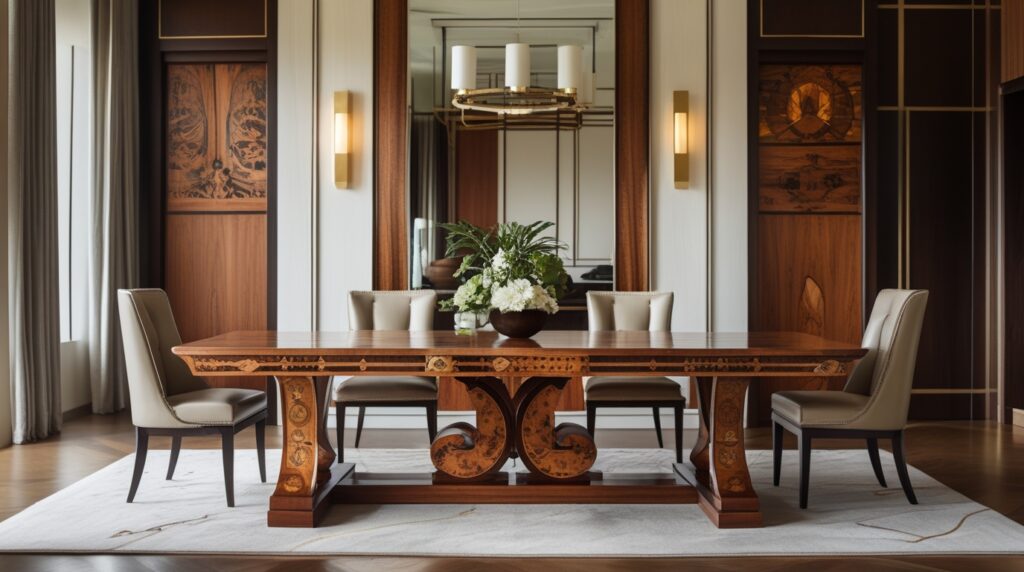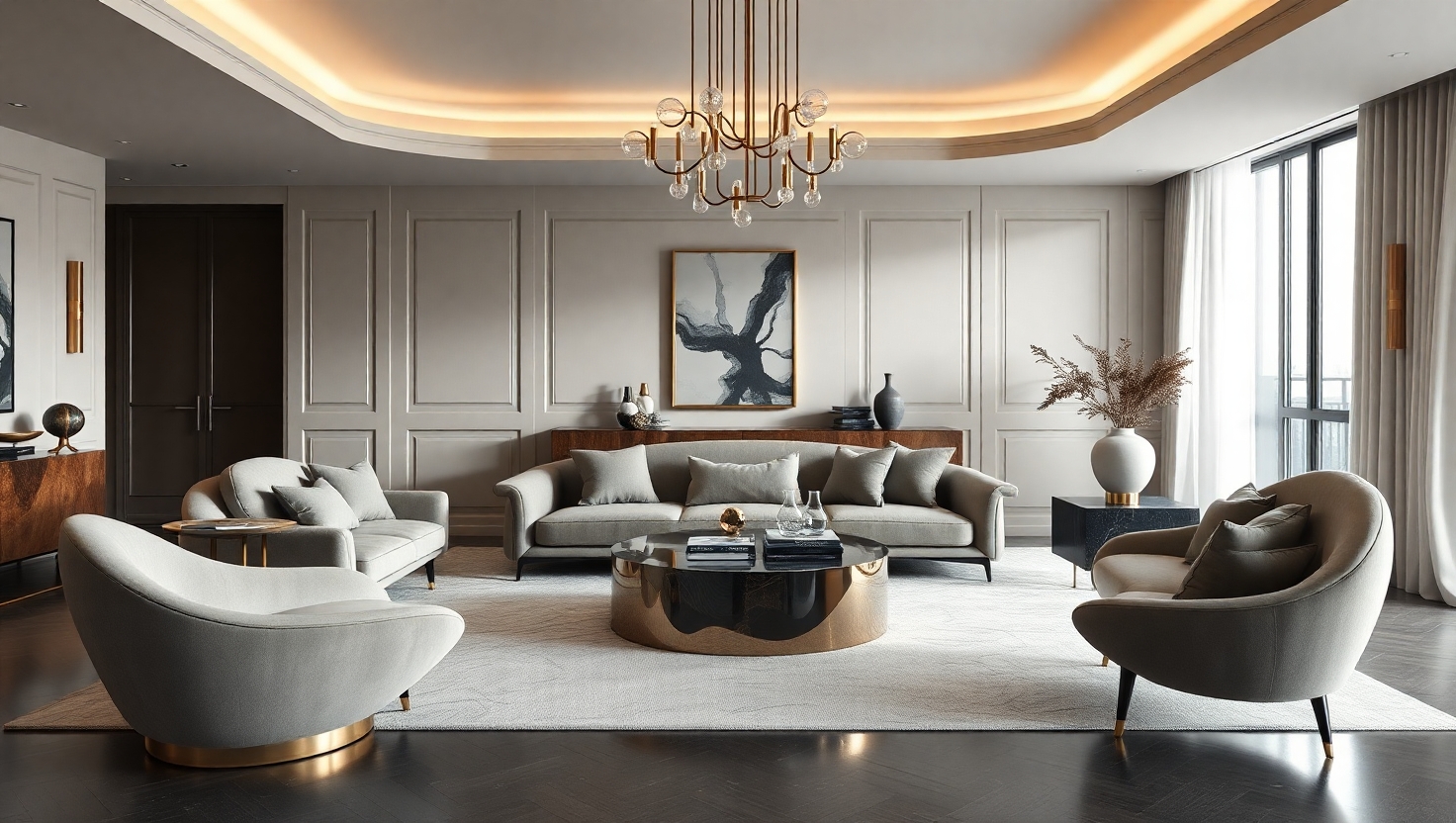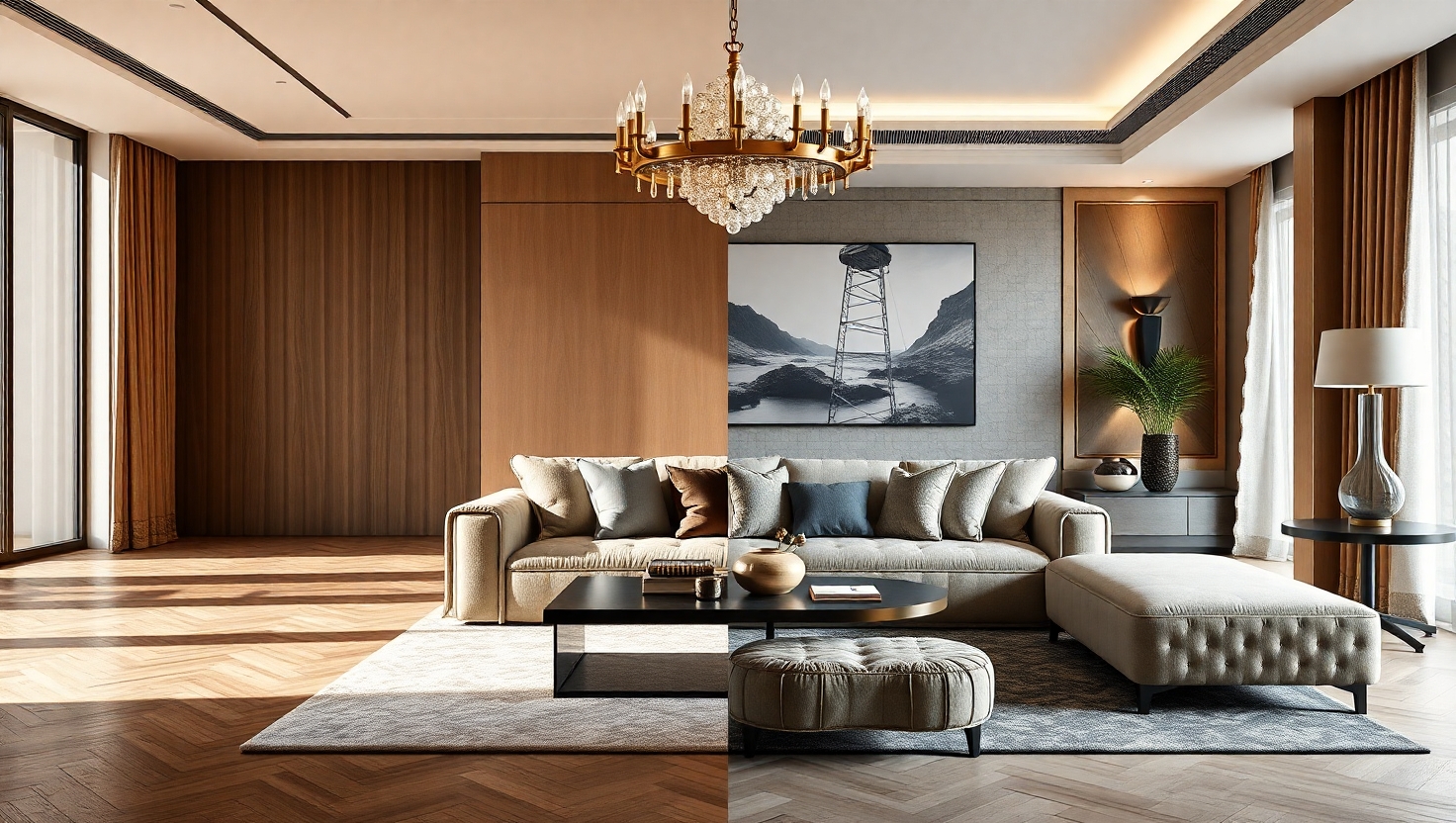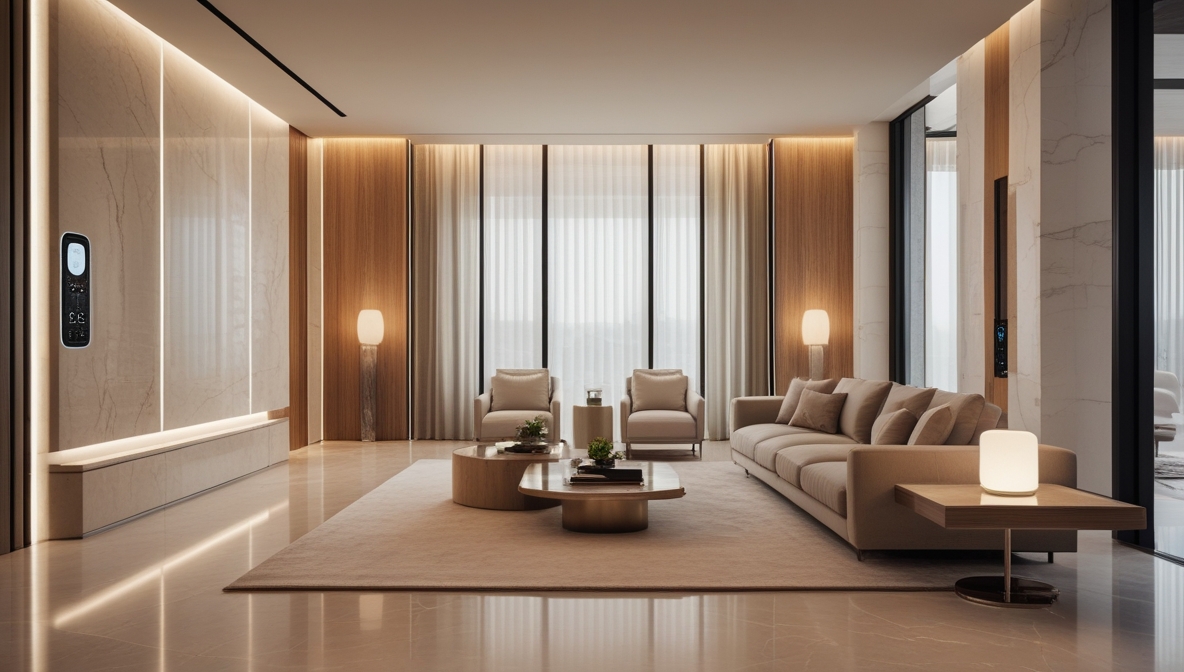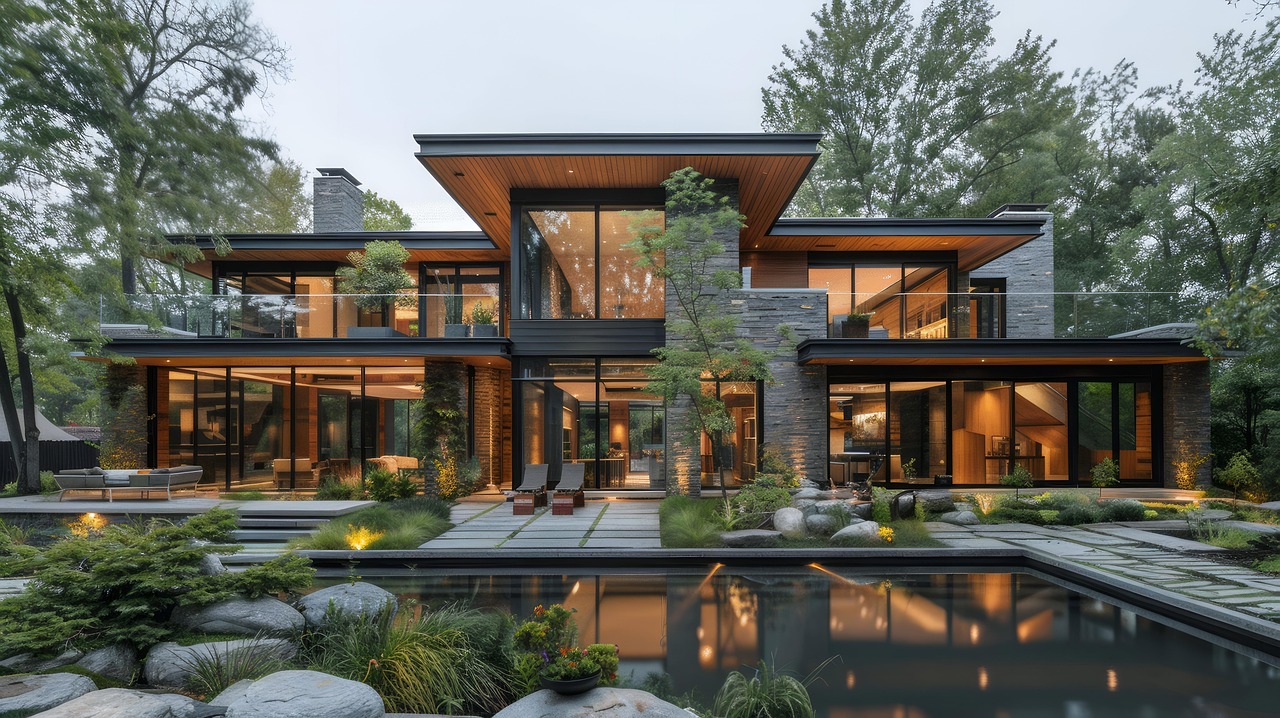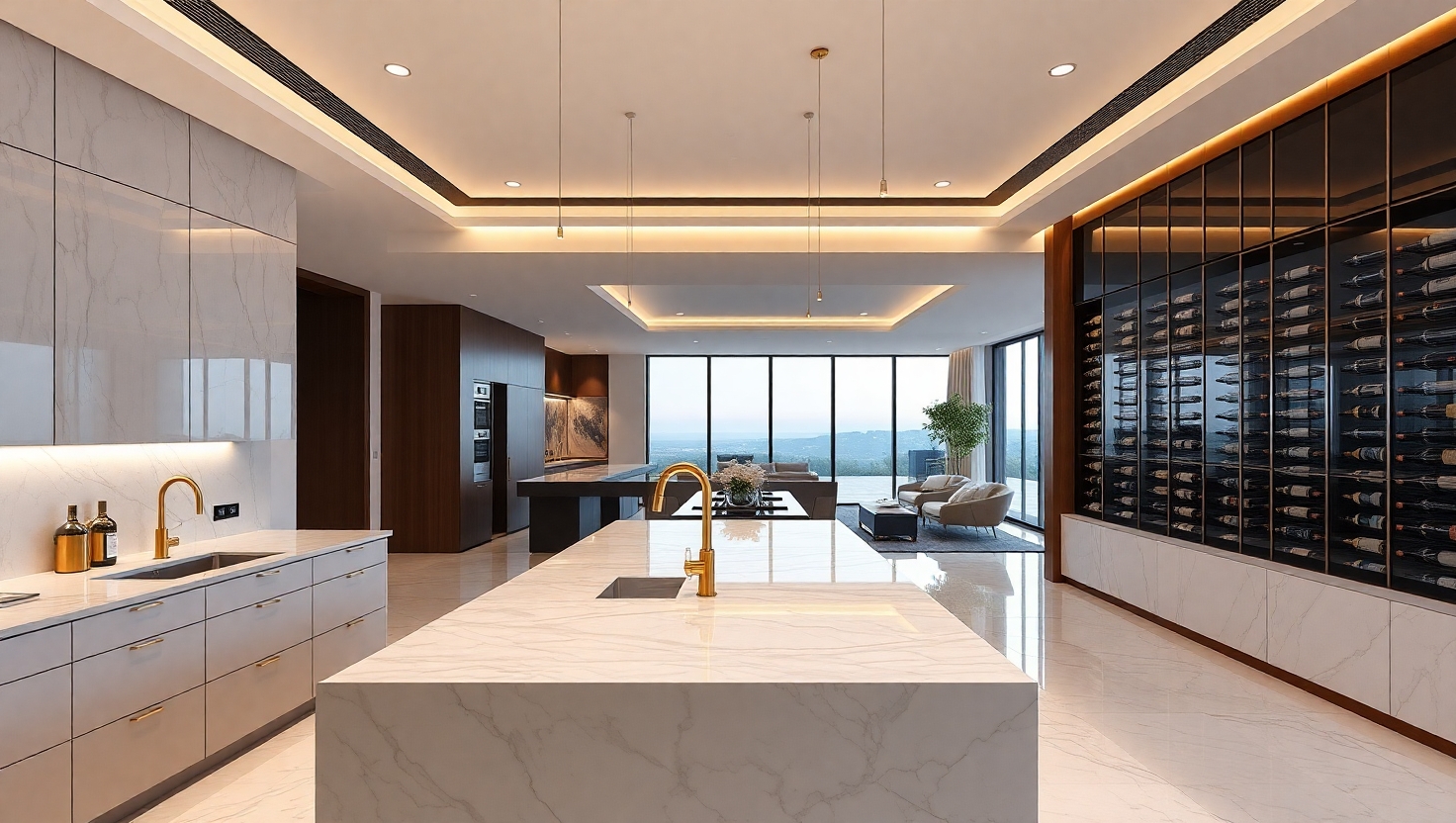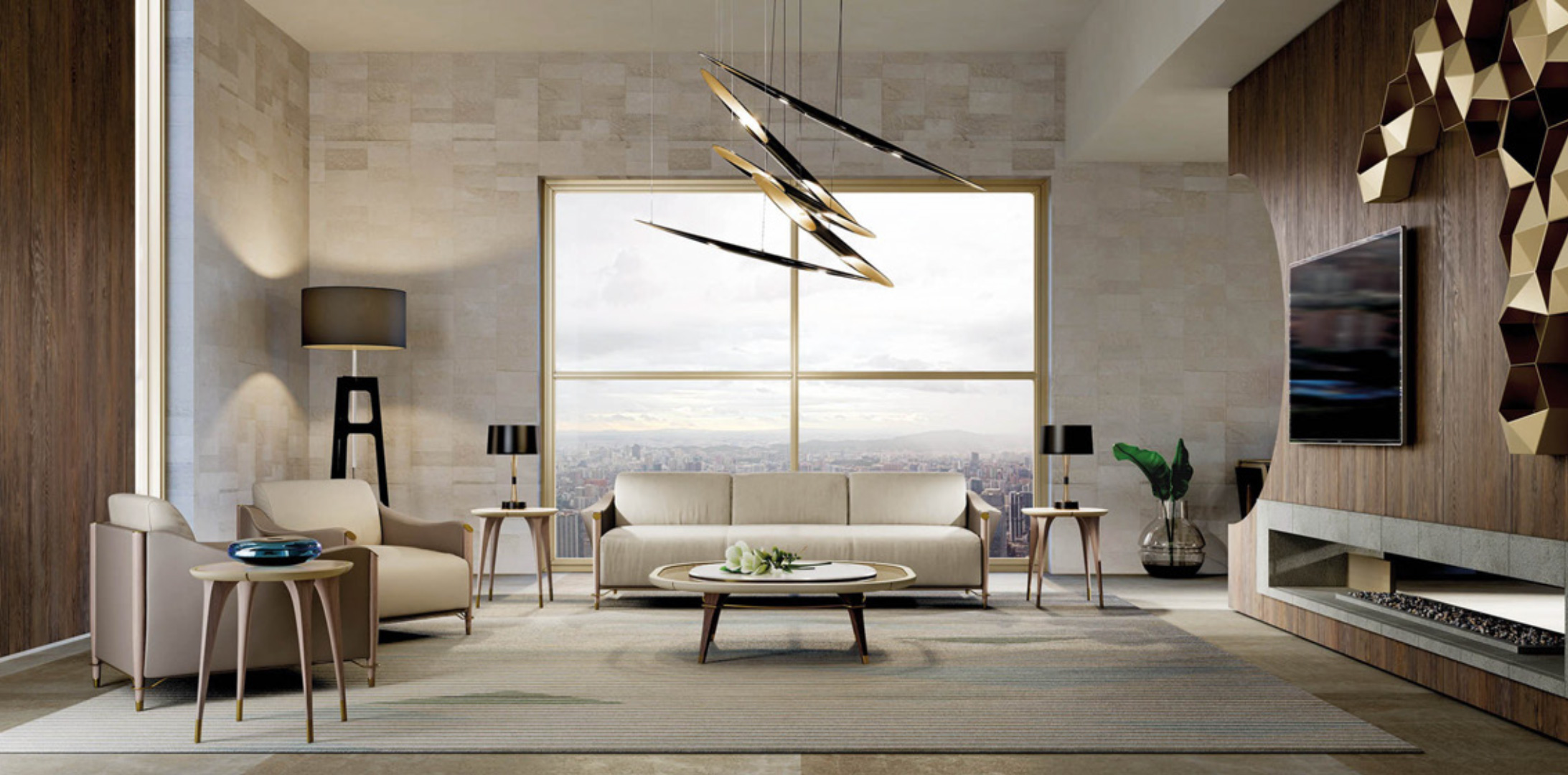Introduction: A Revival of Craftsmanship
Luxury design has always been linked to craftsmanship. Yet, in an era dominated by mass production, artisan detailing has taken on new significance. The modern age has brought with it a yearning for authenticity—clients no longer want the standardised but the soulful. Handcrafted furniture, with its intricate detailing and evidence of human touch, has returned as the hallmark of genuine luxury.
This revival is not about nostalgia. It is about rediscovering the artistry of hand-carved timber, inlaid marquetry, hand-stitched upholstery, and patinated metals, and reinterpreting these traditions for contemporary living.
Why Artisan Detailing Matters in Luxury Interiors
Artisan detailing is the antithesis of fast furniture. It represents:
- Exclusivity: Each item is distinct, no two pieces exactly alike.
- Storytelling: Every carving, weave, or stitch carries the identity of its maker.
- Longevity: Handmade furniture is created to endure generations, not years.
- Emotional Resonance: Owners connect to the sense of heritage and human creativity behind the piece.
In this way, artisan detail transforms furniture from function into art.
Traditional Techniques with Contemporary Applications
- Hand-Carved Timber: Once associated with classical interiors, now used sparingly as accents in modern minimalist spaces.
- Marquetry and Inlay: Revived with contemporary motifs, creating tabletops that double as artworks.
- Hand-Stitching and Embroidery: Appearing on cushions, bedheads, and upholstered armchairs, blending craft with comfort.
- Metal Patination: Brass, copper, and bronze finished by hand, offering depth and individuality.
These details breathe soul into sleek modernity.
The Luxury Market’s Shift Toward Authenticity
Affluent homeowners increasingly value what cannot be replicated by machines. This demand has fuelled collaborations between contemporary designers and heritage artisans, ensuring old techniques are preserved while reinvented for today’s interiors.
Examples include:
- Italian workshops producing hand-carved consoles adapted to modern geometry.
- French ateliers weaving artisanal textiles for bespoke sofas.
- Australian makers combining native timbers with traditional joinery.
Luxury buyers are effectively patrons of art, not just consumers.
Artisan Detailing as an Expression of Identity
Clients view handcrafted luxury as a personal statement:
- Cultural Pride: Commissioned pieces often reflect family heritage or regional artistry.
- Sustainability: Handmade goods, built slowly and responsibly, align with conscious consumption.
- Prestige: Owning something irreplaceable signals refinement and taste.
The detail itself becomes an extension of one’s values.
Case Studies: Handcraft in Modern Luxury
- Sydney Harbour Residence: A hand-carved, custom dining table with botanical motifs inspired by Australian flora.
- Melbourne Penthouse: Contemporary marquetry coffee table with geometric patterns, bridging old-world skill and modern design.
- Queensland Retreat: Outdoor teak furniture hand-finished for texture, elevating alfresco living with artisanal authenticity.
Conclusion: Handcraft as the Future of Luxury
In a world oversaturated with the mechanical, artisan detailing represents a return to meaning. Handcrafted furniture ensures that every luxury home is not just beautiful but also deeply human. For those who seek more than just style, artisan detailing offers permanence, artistry, and exclusivity.
Discover handcrafted luxury at The Exclusive Home, where timeless artisan detailing meets contemporary Australian design.

